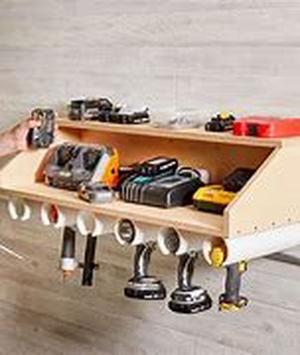
Covered Bridges Are Great Historical Pieces That Areprotected By Law These Days. In The United States,there Are At Least 200 Covered Bridges Registeredunder The National Registry Of Historic Places Becauseof Their Important Role In A Towns Or Countyshistory.Most Of The Covered Bridges Still Being Used Today Areunder The Protection Of The Government And Cannot Beeasily Demolished Or Reconstructed Without The Priorpermission Of A Local Board Set Up To Oversee Themaintenance And Preservation Of These Historic Landmarks. Most Of Them Were Built In The Early Nineteenthcentury When There Was A Huge Movement Of People Fromcoastal Cities Toward The Interior Of The Countrywhere There Are A Lot Of Creeks, Streams, And Ragingrivers. As Towns Developed, There Was An Apparent Needfor People To Be Connected And Thus Covered Bridgeswere Constructed.But Did You Know That Covered Bridges History Datesback At Least Two Thousand Years? There Were Ancientcovered Bridges In China And Even In Babylon 780 Yearsbefore The Birth Of Christ. These Ancient Coveredbridges, According To Written History, Were More Likearchitectural Masterpieces Used To Accentuate Thelandscape Of Imperial Palaces And Gardens. But Theyalso Served A More Practical Purpose: Covered Bridgeswere Perfect For Protecting Palaces And Importantplaces From Being Stormed By Rebels Or Invadingarmies. Some Ancient Covered Bridges Were Made Ofstone And Because Of Its Walls And Ceilings, Wereperfect Spots To Hide From Arrows And Spears Whilefighting.In America, Covered Bridges First Appeared In Theearly Part Of The 1800s. The First Was Built ByTheodore Burr In New York. His Name Is Also Being Usedthese Days As A Name Of A Truss Usually Used Inbuilding Covered Bridges: The Burr Truss. The Bridgespanned The Hudson River And Was Named The WaterfordBridge.Waterford Lasted For Over A Hundred Years But Sincethen The Idea Of Covered Bridges Became More Popularand Started To Gain Popularity In The Western Part Ofthe Country. The First And Second Covered Bridges Inrecorded American History Can Be Found In Oregon Citywhere They Have Become Important Infrastructures Injoining Communities Developing In Both Sides Of Theriver. They Were Eventually Destroyed By Heavyflooding In 1853.Aside From The Beauty And Practicality Of Coveredbridges, They Were Also A Necessary Move In Ensuringthe Economic Development Of Towns And Villages Inearly America. In The Days Prior To Theirconstruction, Ferries Were The Only Ways To Go Aroundtowns Developing On Opposite Sides Of A River. Becauseof The Importance Of Connecting Townspeople Toimportant Places Like Schools, Government Offices, Andchurches, Ferries Had The Monopoly In Transportationand Could Charge People, Especially Businessmen Whoneeded To Move Heavy Loads Of Merchandise, Absurdamounts As They Wanted.That In Turn Created A Demand From Townspeople To Thelocal Government Asking Them To Build Bridges. Sincefinancing The Construction Cost A Lot, Peopleentertained The Idea Of Protecting These Bridges Withroofs And Walls. Exposed Wood Can Deteriorate Quicklywhen Exposed To Harsh Weather Conditions, And Since Itwas Expensive To Build Bridges, Taxpayers Wanted Themto Be Protected. And That Ushered In The Era Ofcovered Bridges In America.Covered Bridges Also Provided Jobs For People In Townswhere They Were Built. And Soon Architects Andcarpenters Were Competing On Innovative Ideas. Oneidea Was To Make Covered Bridges Look Like Barns As Tomake Livestock Crossing It More Comfortable, Avoidingdangerous Stampedes Common When Forcing Animals Tocross Rivers. Since The Early 19th Century, Coveredbridges Have Slowly Made Its Mark In Towns Historyand Though It Experienced A Slow Decline Due To Rapidcommercialization And The Introduction Of Cement Andother Modern Building Materials, Covered Bridges Arenow Considered To Be Historic Pieces Worth Preserving.





